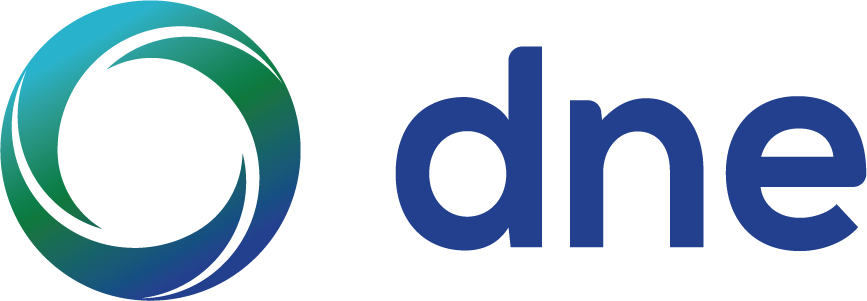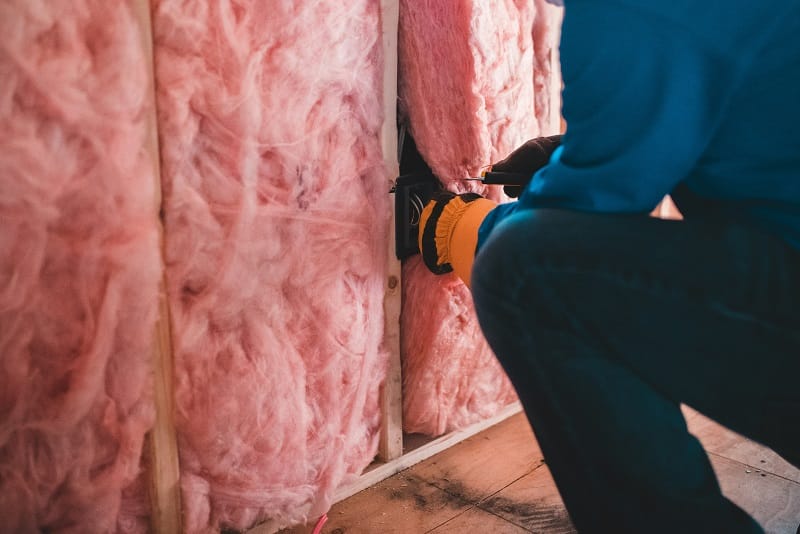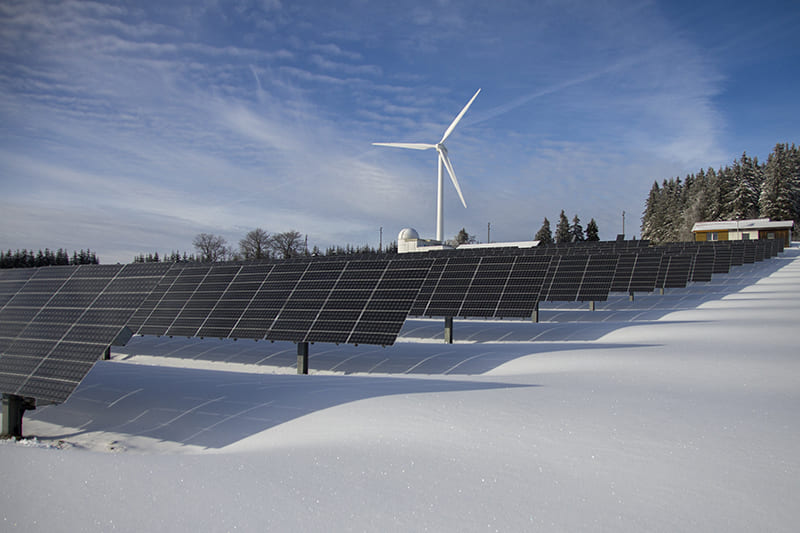
As we prepare to move into the warmer months, you may be bracing for the costs of higher electric bills as you switch from heating to air conditioning in your offices. On summer days, some businesses run the air conditioning almost non-stop. However, there are ways to minimize your usage and reduce the associated costs while still keeping everyone safe and comfortable. Let’s look at nine tips for optimizing your AC use and lowering your electric bill.
Set it and forget it
Decide on the ideal setting for your thermostat, then leave it alone. Resist the urge to tinker with it if you are feeling slightly warm. You chose that temperature for a reason. Manage small comfort fluctuations by adding or removing layers of clothing or utilizing a small fan to circulate air in a specific space.
Educate employees
Once you’ve decided on that ideal temperature, communicate with your staff. Let them know you are trying to be more energy efficient, and explain that you are decreasing your business’s energy footprint by managing your air conditioner use. Encourage them to dress appropriately for the temperature setting. Request that they do not adjust the temperature settings.
Have your system serviced
Your air conditioning system uses more energy if it isn’t functioning correctly. Shoulder season, when you switch from heating to cooling, is a great time to have your equipment professionally serviced. That ensures everything is working properly and you are getting the most cooling effect possible from the energy you put into your system. Professional maintenance can prolong the life of your equipment and help it run more efficiently.
Check your filters
Ensure your air filters are clean and in good working order, and switch them out as necessary. These filters capture dust, pollen, mold, and even viruses, improving the air quality in your spaces. Those materials build over time on filters and eventually obstruct the flow of air. Thus, dirty filters lead to increased cooling costs, potential damage to your AC system, and reduced air quality. Requirements vary by system and conditions, but most filters are meant to be changed at least every six months, if not more often.
Properly insulate your spaces
Add effective insulation to your attic, walls, outlets, and any other area where you may be losing the battle with outside temperatures. This will help keep out the hot air in summer and prevent your heated air from escaping in winter. If you aren’t sure where you might need added thermal protection, consider an energy audit. That can help you locate areas that need sealing and determine what type of insulation will work best for your climate and structure. If you need assistance, an energy management consultant can help you decide what kind of audit best meets your needs and assist you in interpreting and acting upon their findings.
Install energy-efficient lighting
Consider replacing your old halogen, incandescent, and fluorescent light bulbs. LED bulbs produce less heat, which means you have to counteract less heat energy with cooled air. LED bulbs are 90% efficient, meaning 90% of the electricity they pull is converted into their intended purpose–lighting your spaces. Fluorescent bulbs are only 85% efficient. Incandescent bulbs convert only 10% of their energy use into light. Not only does that mean that older light sources have you paying for more energy for the same amount of light, but it also means that much of that energy becomes unwanted heat in your space. Switching to LED lights means you pay less to illuminate your space and won’t raise the temperature in the process. That lowers your cost for both cooling and lighting.
Adjust for unoccupied hours
Smart thermostats are a relatively inexpensive upgrade but can result in significant savings. If you set your system to automatically raise the target temperature during weekends and after working hours, you won’t waste electricity and money cooling a space no one is using. If you have heat-sensitive equipment, ensure your settings account for those needs while allowing temperatures to rise as high as practicable for off-use hours. As a bonus, less use of your system means less wear and tear, prolonging the life of your expensive air conditioning equipment.
Clear airways
Look for obstructions or clogs in your ductwork and vents. These might cause hot spots or prevent cooled air from moving freely through the system. They also make your system work harder than intended, which can cause undue strain and affect energy efficiency. Rugs, furniture, or equipment set on top of vents are an easy problem to fix and can make a meaningful difference.
Employ other useful tools
Running the air conditioning isn’t the only way to keep your space cool and comfortable. Blackouts or heavy curtains, shades, and blinds can help block solar heat. Encourage your staff to block incoming window light, especially where you get direct sun at the hottest parts of the day. Running fans can make your staff and customers comfortable in slightly higher temperatures, allowing you to bump the thermostat up a degree or two.
Using these tips, you can decrease your summer electric consumption and energy bills and minimize the environmental impact of keeping your employees, customers, and equipment safe, cool, and comfortable. If your bills are still higher than you’d like, consider working with an energy efficiency consultant. They can help you analyze your current use and find the energy procurement strategy that best fits your budget and needs.
Infographic
As temperatures rise, heightened air conditioning usage elevates office electricity costs. Combat this by maintaining comfort through an infographic detailing nine practical strategies for optimizing AC and reducing energy expenses. These tactics curtail consumption, cut expenses, foster an eco-friendly workspace, and may involve collaborating with energy consultants for customized approaches.
Video

Others articles you might like
The full wrap on thermal insulation and energy efficiency
Imagine going out for a coffee with a friend. It’s a blistering summer day and you take them to your favorite place with the best iced coffe...
25 April 2024Six factors that affect energy prices
Every business leader knows how important it is to understand and predict operating costs. Your projected budget shows what your future fina...
25 January 2024Six advantages of green energy and microgeneration for companies
Most companies rely partly or entirely on non-renewable fuels, such as coal, oil, and natural gas, to heat and cool their facilities and to ...
9 January 2024




